Are you a local business owner looking to establish an online presence? Choosing the right website design is crucial in creating a positive first impression and attracting potential customers.
With so many options available, it can be overwhelming to decide which design best fits your brand and goals. As a web design expert, I have helped numerous businesses navigate this process and am here to share my insights on how to choose the right website design for your local business.
Firstly, consider your target audience and their needs when browsing your site. Are they looking for specific information or products/services? Make sure your website layout and navigation are user-friendly and easily accessible.
Additionally, think about the overall aesthetic of your brand – does it convey professionalism, creativity, or something else entirely? Your website should align with your branding to create consistency across all platforms. By keeping these factors in mind during the design process, you can ensure that your website not only looks visually appealing but also effectively communicates what your business offers.
Understanding Your Target Audience
Before choosing a website design for your local business, it’s essential to understand who your target audience is. This knowledge will help you create a website that meets their needs and expectations. You need to know what they are looking for in terms of information and how they prefer to interact with your brand online.
To get started, consider the demographics of your customers, such as age range, gender, income level, education, and location. This data can be obtained through market research or by analyzing customer feedback.
Additionally, determine what motivates them to choose your products or services over competitors. Once you have these insights, you can tailor your website content and design elements accordingly to appeal to your target audience.
As you move forward in creating the perfect website design for your local business, prioritizing user-friendly navigation is crucial.
Prioritising User-Friendly Navigation
As the saying goes, ‘first impressions matter.’ This is especially true when it comes to website design. If your website is difficult to navigate or confusing for users, they are likely to leave and seek out a competitor with an easier-to-use site. Prioritizing user-friendly navigation should be at the forefront of your mind as you design your local business’s website.
To ensure that your website visitors have a positive experience while navigating your site, consider implementing the following tips:
- Keep menus simple and easy to find.
- Use clear labels for all menu items.
- Consider implementing breadcrumb trails so users can easily see where they are on your site.
- Make sure important information (such as contact information) is prominently displayed and easy to find.
By prioritizing user-friendly navigation, you will not only improve the overall user experience on your site but also increase the likelihood of converting visitors into customers.
As you align your design with your branding, keep in mind how each element contributes to enhancing the user’s journey through your site. Your brand identity includes more than just colors and logos; it encompasses everything from imagery to tone of voice.
By ensuring that every aspect of your branding fits seamlessly into the design of your site, you create a cohesive experience for the user. This consistency helps build trust between them and your brand – which ultimately leads to higher conversion rates.
Aligning Your Design With Your Branding
Now that you have user-friendly navigation in place, it’s time to focus on aligning your website design with your branding.
Your website is a direct representation of your business and should accurately convey the essence of who you are through visual elements, such as color scheme, typography, imagery, and overall layout.
To ensure consistency across all touchpoints with potential customers, consider developing brand guidelines or style guides that dictate how your branding will be presented online. This can include specific instructions for logo usage, font pairing recommendations, and even preferred image styles.
By adhering to these guidelines throughout the design process, you’ll create a cohesive look and feel that reinforces your brand identity and helps build trust with your audience.
As you move forward with incorporating key information and services into your website design, keep in mind that every element should serve a purpose.
Rather than cluttering up pages with unnecessary text or graphics, prioritize what matters most to users based on their needs at each stage of their journey.
From clear calls-to-action (CTAs) to easy access to contact information and reviews from other customers, make sure that visitors can quickly find what they’re looking for without feeling overwhelmed by too much content on any given page.
Incorporating Key Information And Services
Now that you have determined the purpose and audience of your website, it’s time to consider what information and services are essential for your local business. This is where incorporating key elements into your design becomes crucial.
Firstly, make sure your contact details such as phone number, email address, and physical address are prominently displayed on every page of your website. This not only makes it easy for potential customers to get in touch with you but also adds credibility to your business.
Additionally, include a map or directions to your location so visitors can easily find their way.
Next, highlight the products or services you offer by featuring them on the homepage or creating a separate ‘Services’ tab. Use clear and concise language that explains how they benefit the customer. You may also want to showcase any promotions or special offers that set you apart from competitors.
Overall, keep in mind that users typically visit websites looking for specific information, so be sure to provide all necessary details in an organized manner.
Now that we’ve covered important key elements for your website design let’s move onto choosing the best design elements for your business.
Choosing The Best Design Elements For Your Business
As a web design expert, I always suggest to my clients that choosing the best design elements for their business is like picking out the perfect outfit for a special occasion. You want your website to look good and feel comfortable at the same time. So how do you choose?
Firstly, consider your brand identity. Your website should reflect your unique style, values, and personality as a local business. Use colors, fonts, and imagery that align with your logo and overall branding strategy.
Secondly, think about user experience (UX). The structure of your website should be intuitive and easy to navigate so visitors can find what they need quickly.
Thirdly, prioritize mobile responsiveness since most people access websites on their phones these days.
Fourthly, incorporate high-quality images or videos to visually showcase your products or services.
And last but not least, don’t forget to include calls-to-action (CTAs) throughout your site to encourage conversions.
Ultimately, by following these tips and carefully selecting each design element based on its relevance to your brand and UX needs, you’ll create a website that looks great while also serving as an effective marketing tool for your local business.
Frequently Asked Questions
What Are Some Common Mistakes To Avoid When Designing A Website For A Local Business?
When designing a website for your local business, it’s important to avoid some common mistakes that can turn off potential customers.
One mistake is having too much clutter on the homepage, which can make it difficult for visitors to navigate and find what they are looking for.
Another mistake is using generic stock photos instead of showcasing real images of your products or services. This can come across as inauthentic and untrustworthy to users.
Additionally, failing to optimize your website for mobile devices will result in a poor user experience and lower search engine rankings.
Lastly, not including clear calls-to-action throughout your website can lead to missed opportunities for conversions.
By avoiding these mistakes, you’ll be able to create a successful website that effectively represents your local business online.
How Do I Ensure That My Website Is Accessible And Mobile-Friendly?
To ensure that your website is accessible and mobile-friendly, there are a few things to keep in mind.
First, make sure that the design is responsive, meaning it will adapt to different screen sizes and orientations. This way, users can easily navigate and interact with your site whether they’re on a desktop computer or a smartphone.
Additionally, be mindful of accessibility guidelines such as providing alternative text for images and making sure all content can be navigated using only a keyboard.
By prioritizing these elements during the design process, you’ll create a website that’s not only visually appealing but also functional for all users.
Should I Include Customer Reviews And Testimonials On My Website?
Including customer reviews and testimonials on your website is highly recommended for any local business.
Not only do they provide social proof of the quality of your products or services, but they also help build trust with potential customers.
Make sure to feature them prominently on your homepage and consider including a separate page dedicated to showcasing them.
Don’t be afraid to ask satisfied customers for feedback and encourage them to leave a review on popular platforms like Google My Business or Yelp.
Just remember to respond thoughtfully to both positive and negative reviews, as this can show that you value customer satisfaction and are committed to addressing any concerns they may have.
How Can I Incorporate Local Seo Into My Website Design?
Incorporating local SEO into your website design is essential for any local business looking to attract customers in their area.
By including keywords and phrases that are relevant to your location, you can increase your visibility in search results when potential customers are searching for businesses like yours nearby.
Additionally, optimizing your site’s content with accurate contact information and a clear description of the services or products you offer can also help improve your rankings.
Don’t underestimate the importance of designing a website that not only looks great but also helps drive traffic from local searches.
What Are Some Effective Ways To Measure The Success Of My Website Design?
As a web design expert, one of the key things you must do after designing your website is to measure its success.
There are several ways to go about this, but one effective method is by tracking user engagement metrics such as bounce rate, time on page, and conversion rates.
For instance, let’s say you run an e-commerce business that recently revamped its website design with a focus on improving the checkout process.
By measuring metrics like cart abandonment rates and completed transactions before and after the redesign, you can determine if your new design has been successful in achieving its goals.
Ultimately, measuring the success of your website design helps you make informed decisions for future iterations or updates.
Conclusion
In conclusion, choosing the right website design for your local business can make or break your online presence. Avoid common mistakes such as cluttered layouts and slow loading times to ensure that your audience stays engaged with your content.
Make sure that your website is accessible and mobile-friendly so that customers can easily find and navigate through it on any device.
Incorporating customer reviews and testimonials not only adds credibility to your business but also encourages potential customers to trust you.
Local SEO should be a priority in designing your website, ensuring that it appears at the top of search engine results when people in your area are searching for businesses like yours.
Remember the adage “less is more” – keeping things simple yet effective will help measure the success of your website design. As a web design expert, I highly recommend taking these factors into consideration when creating a successful website for your local business.









